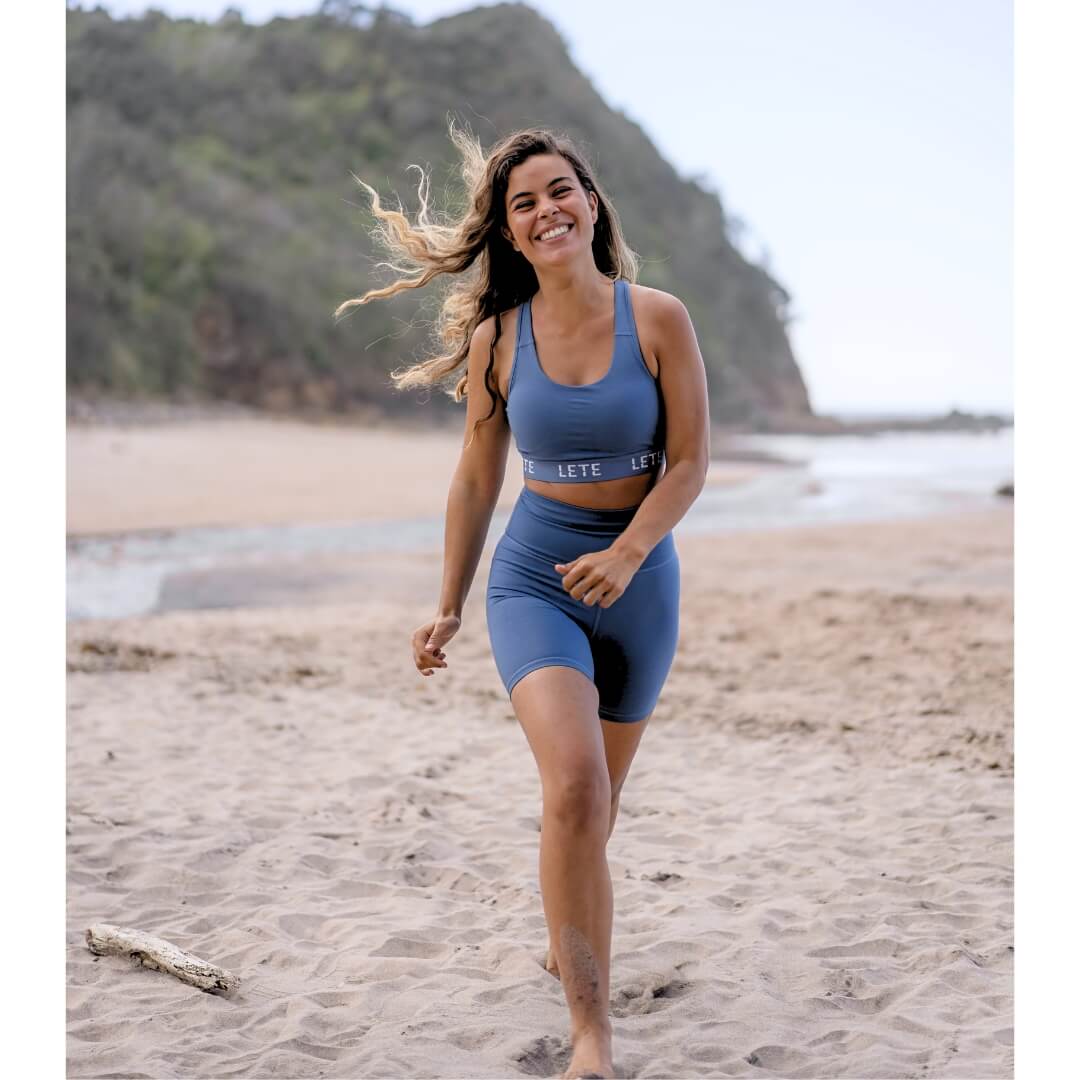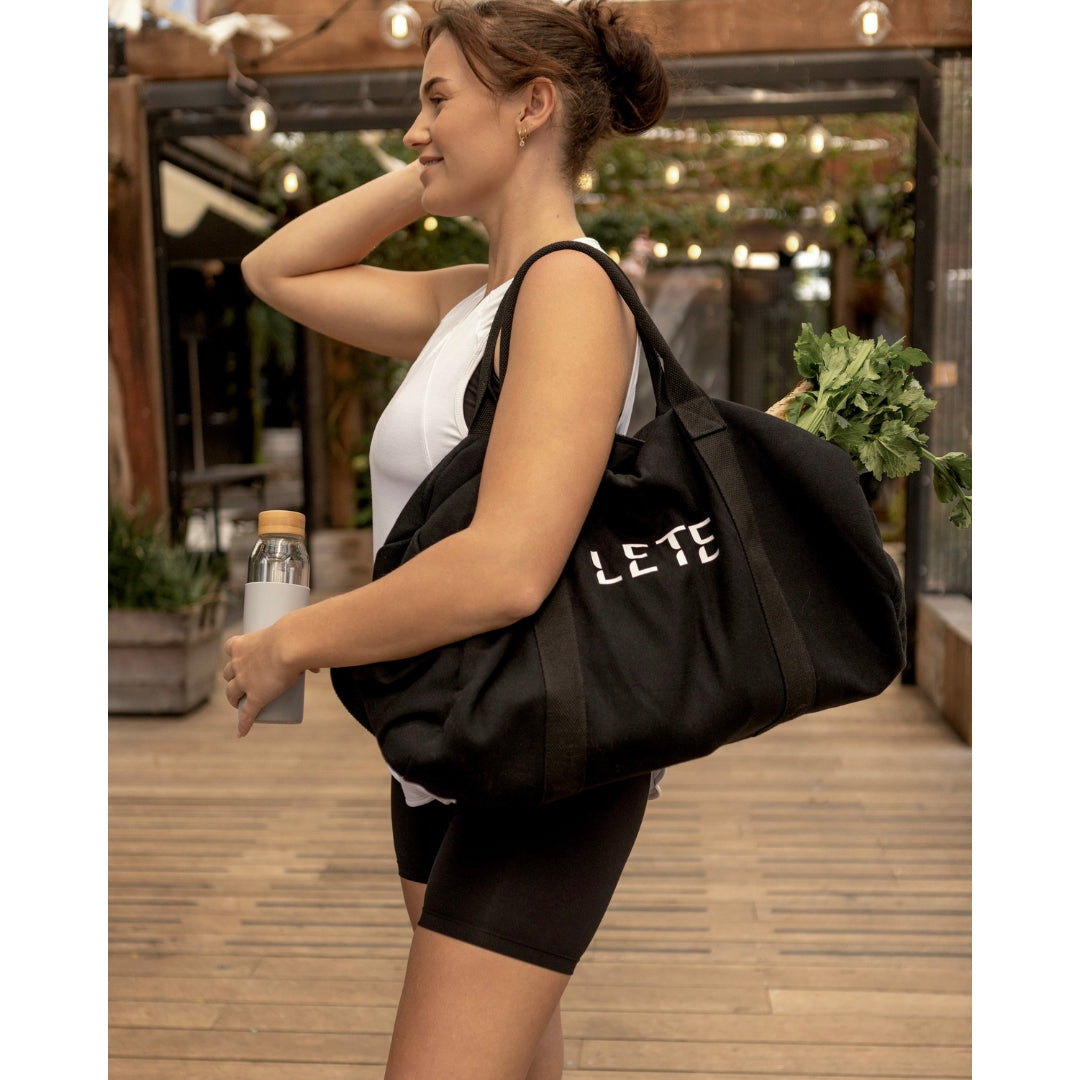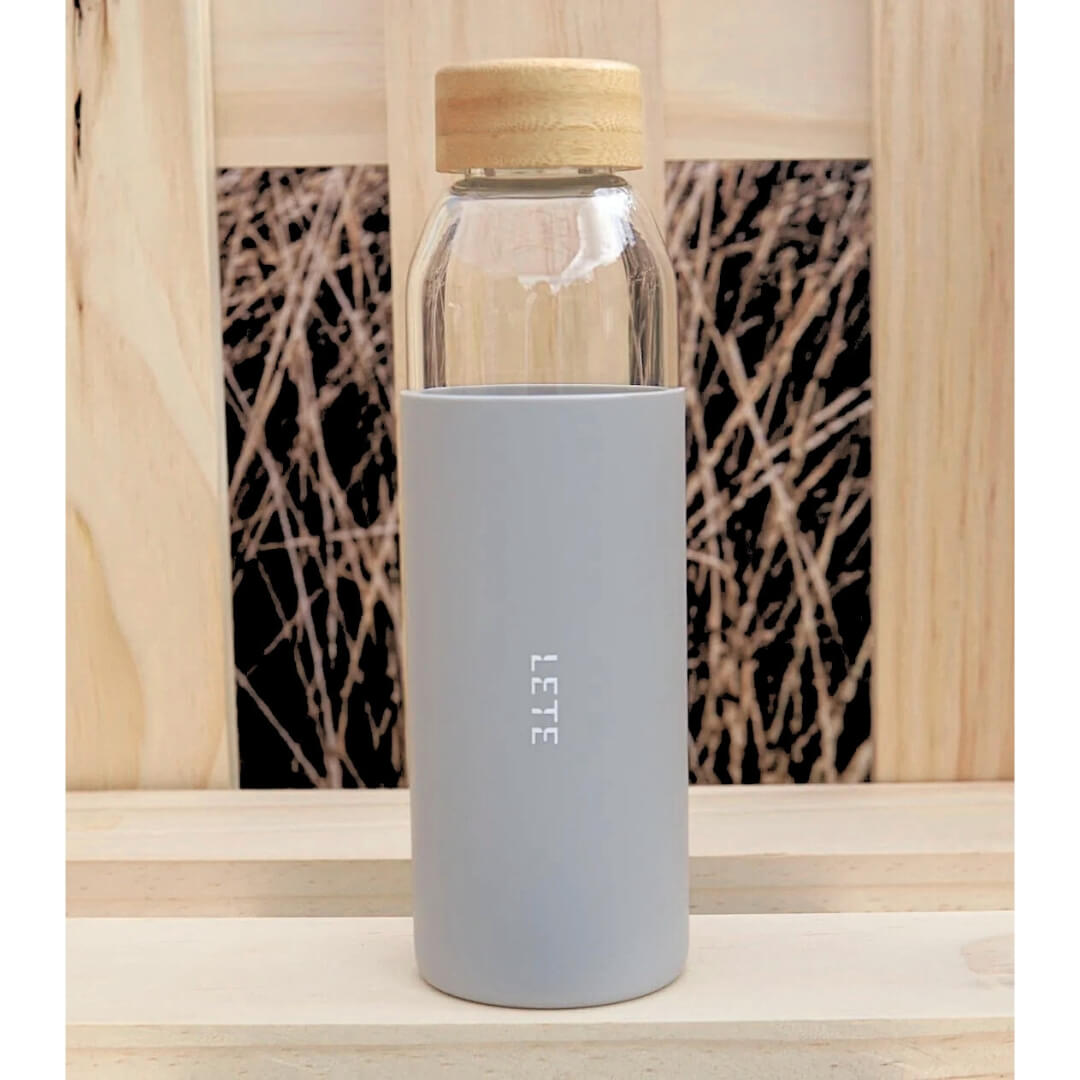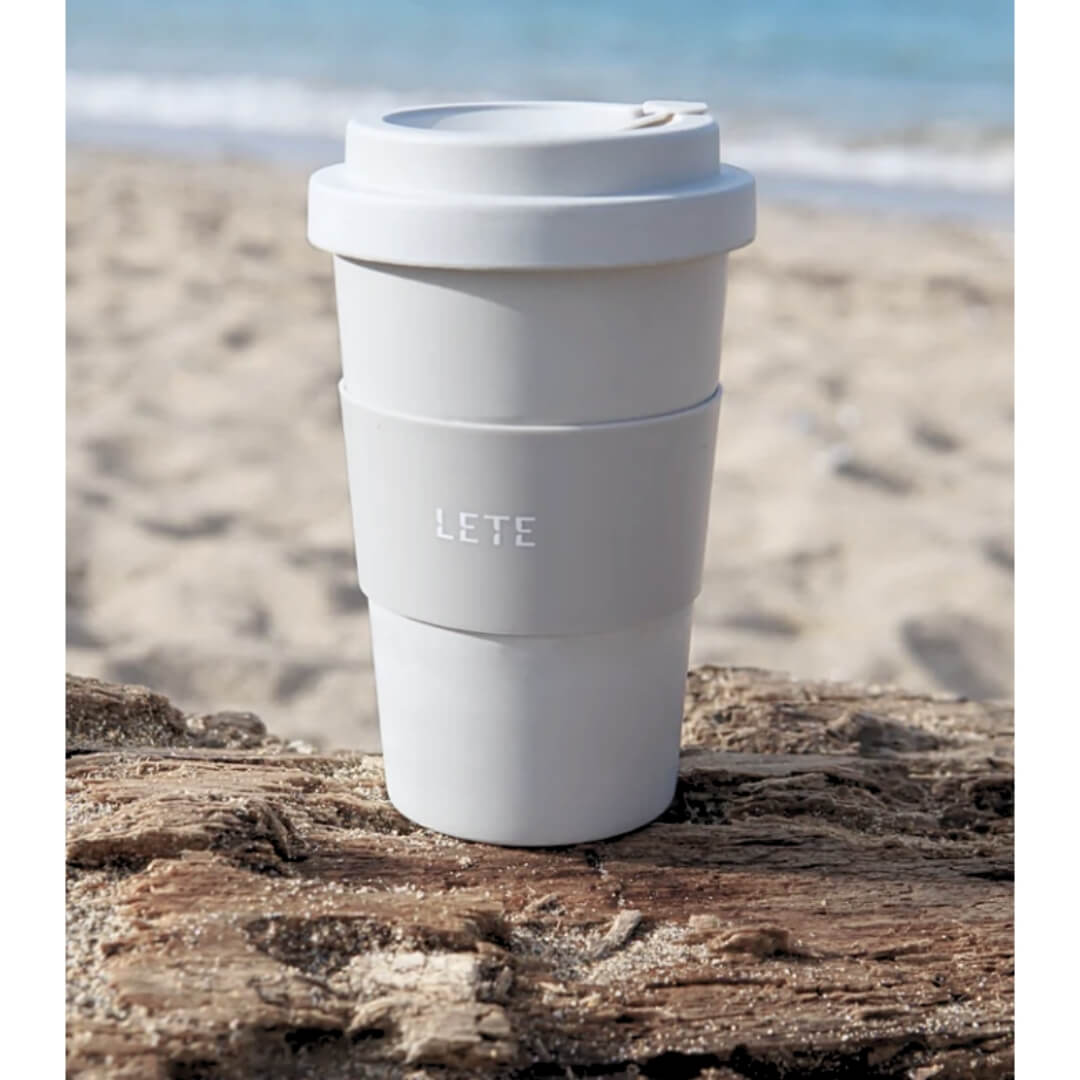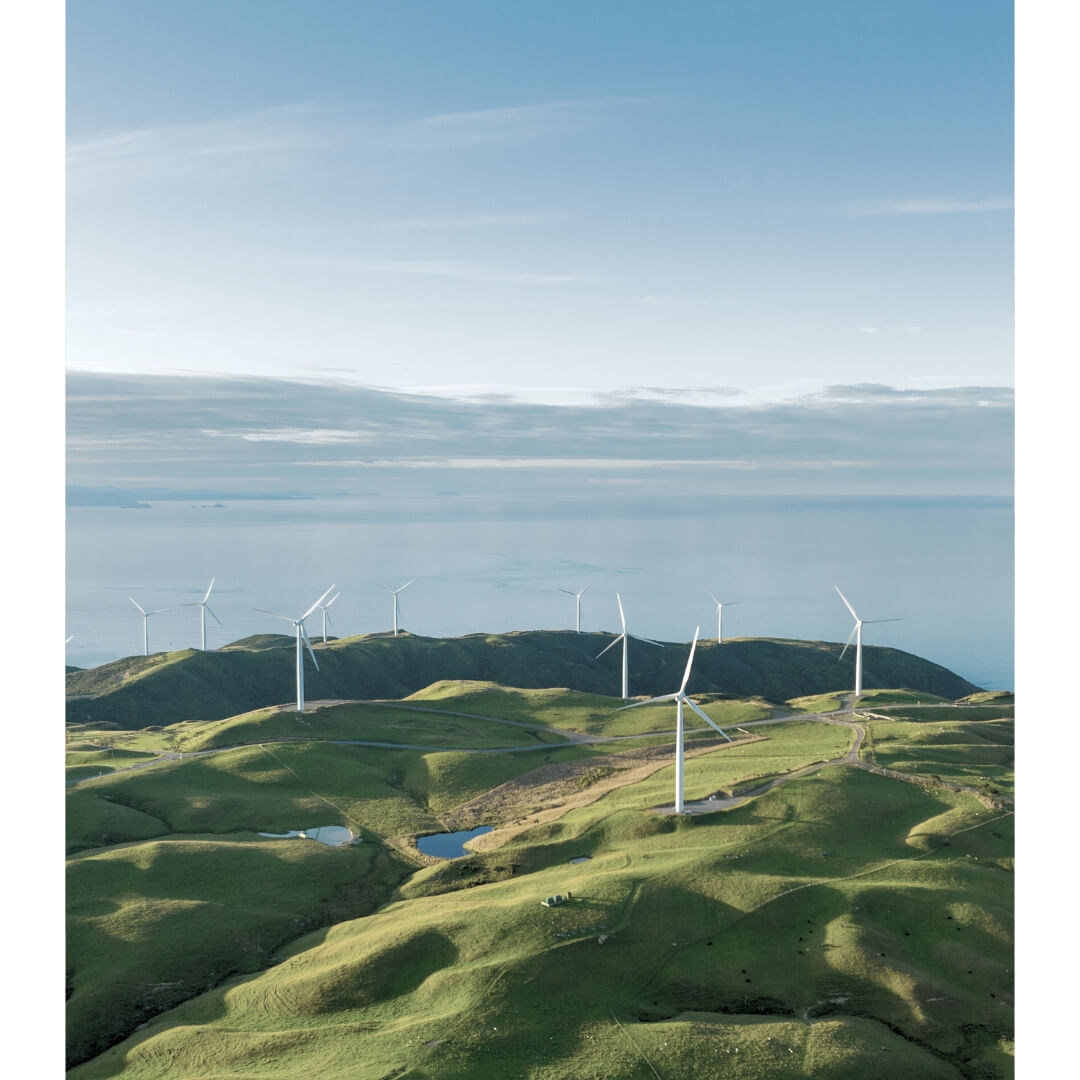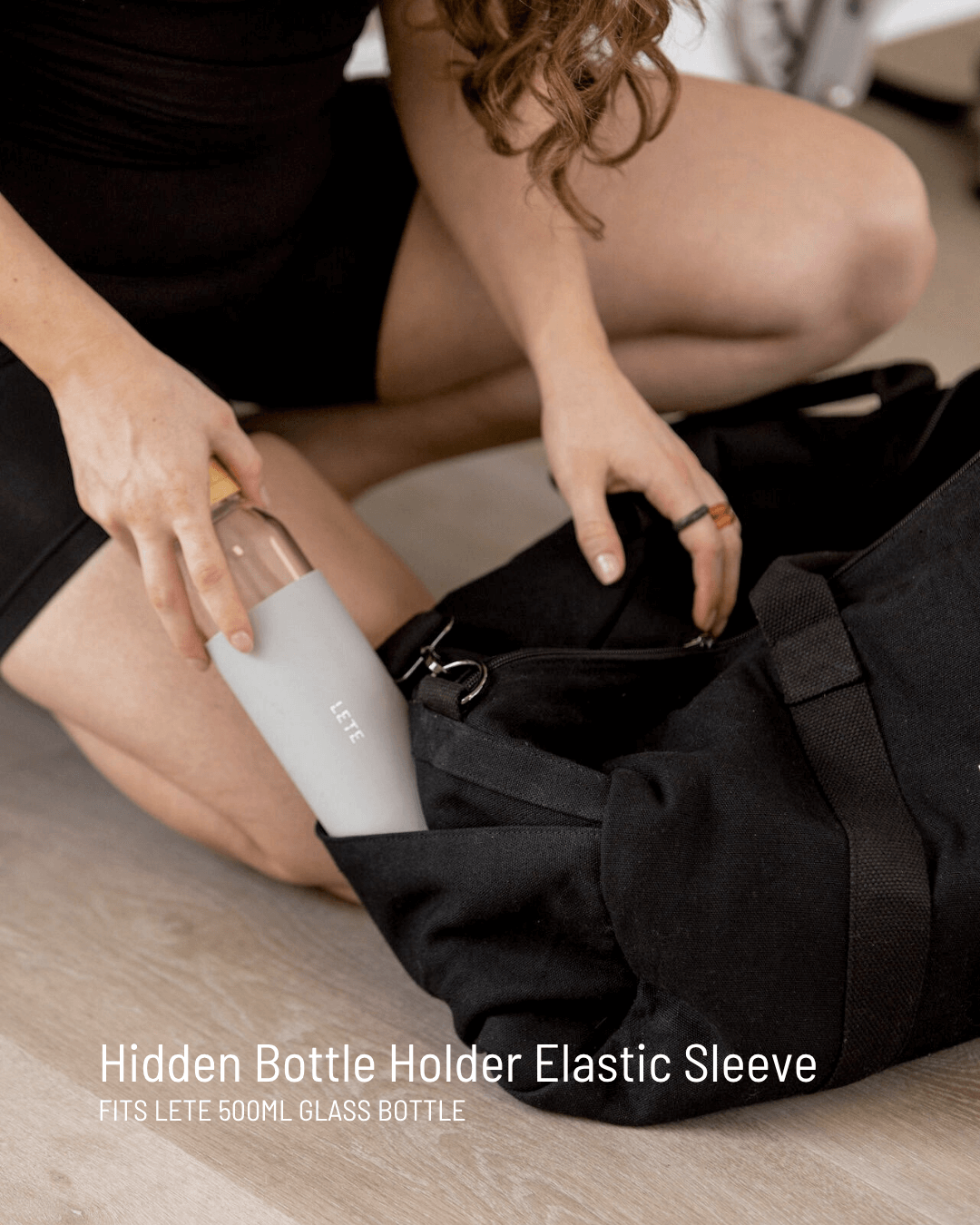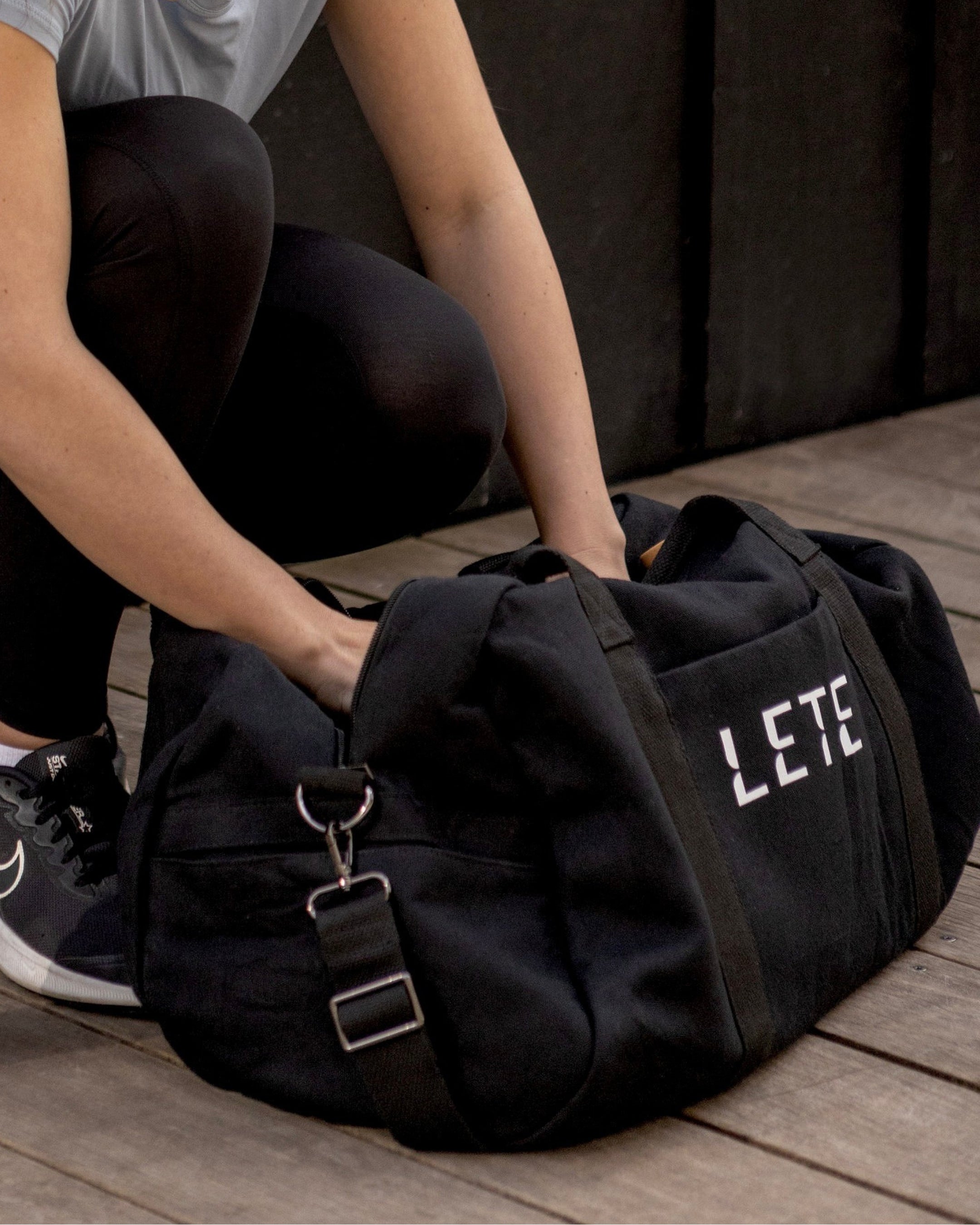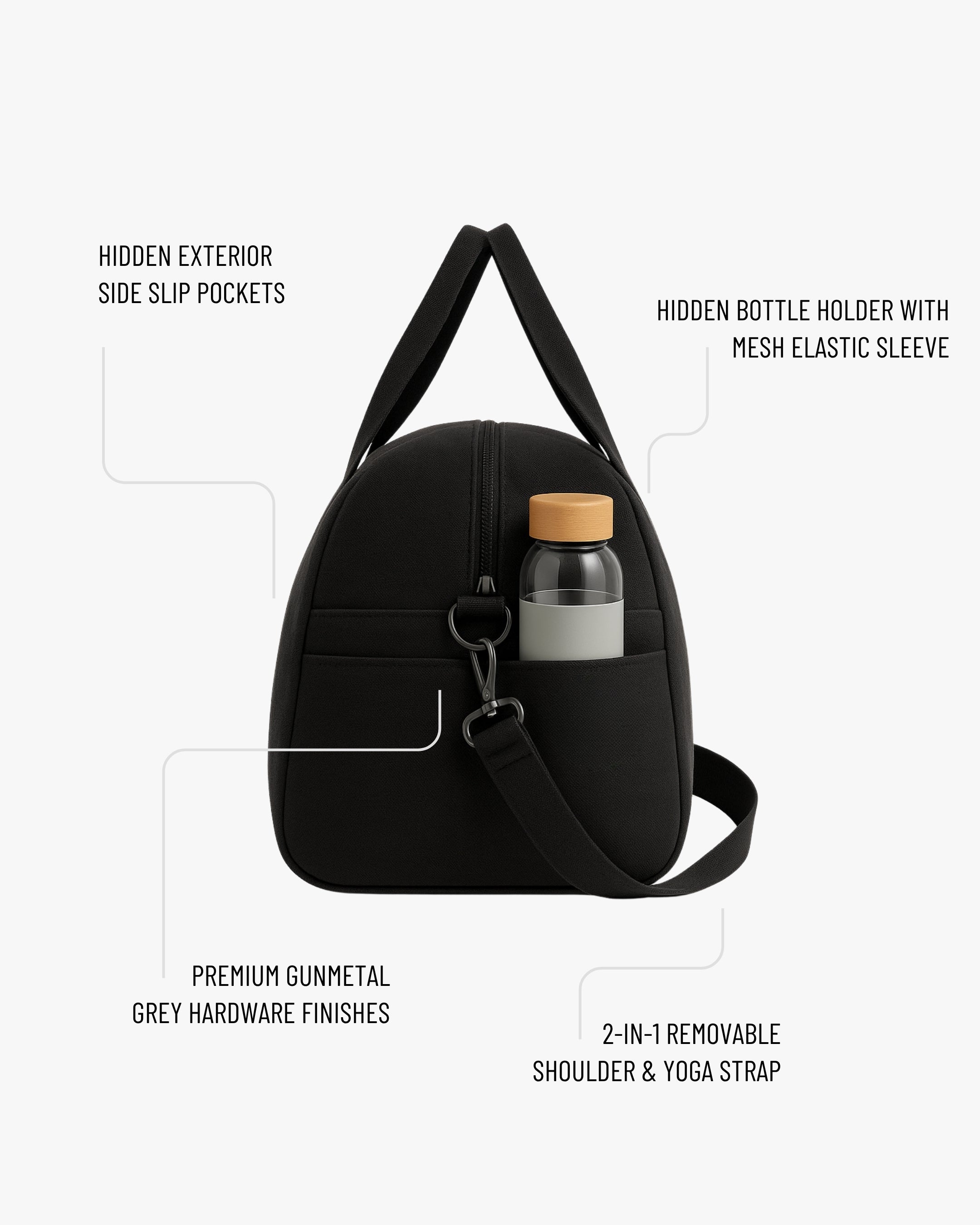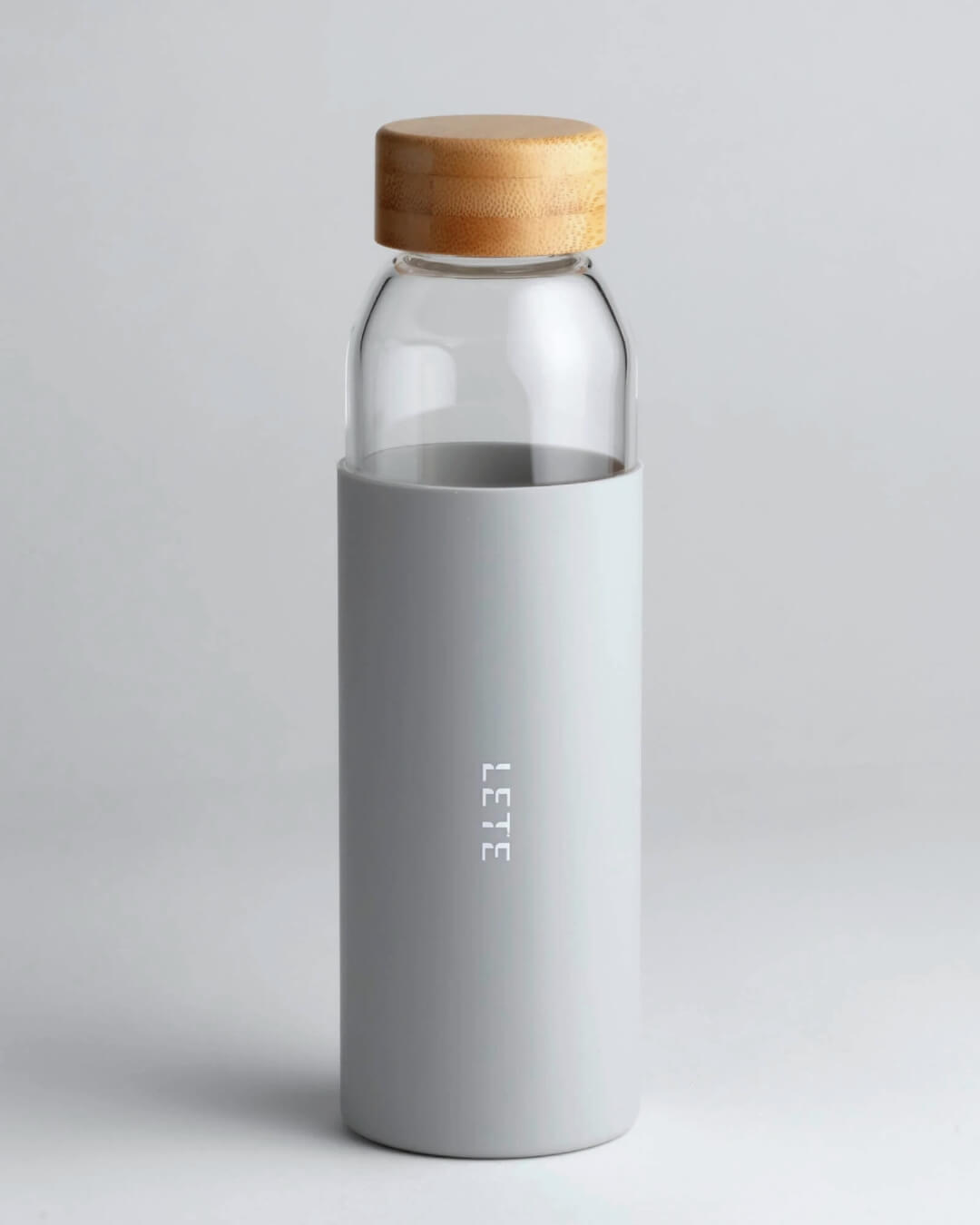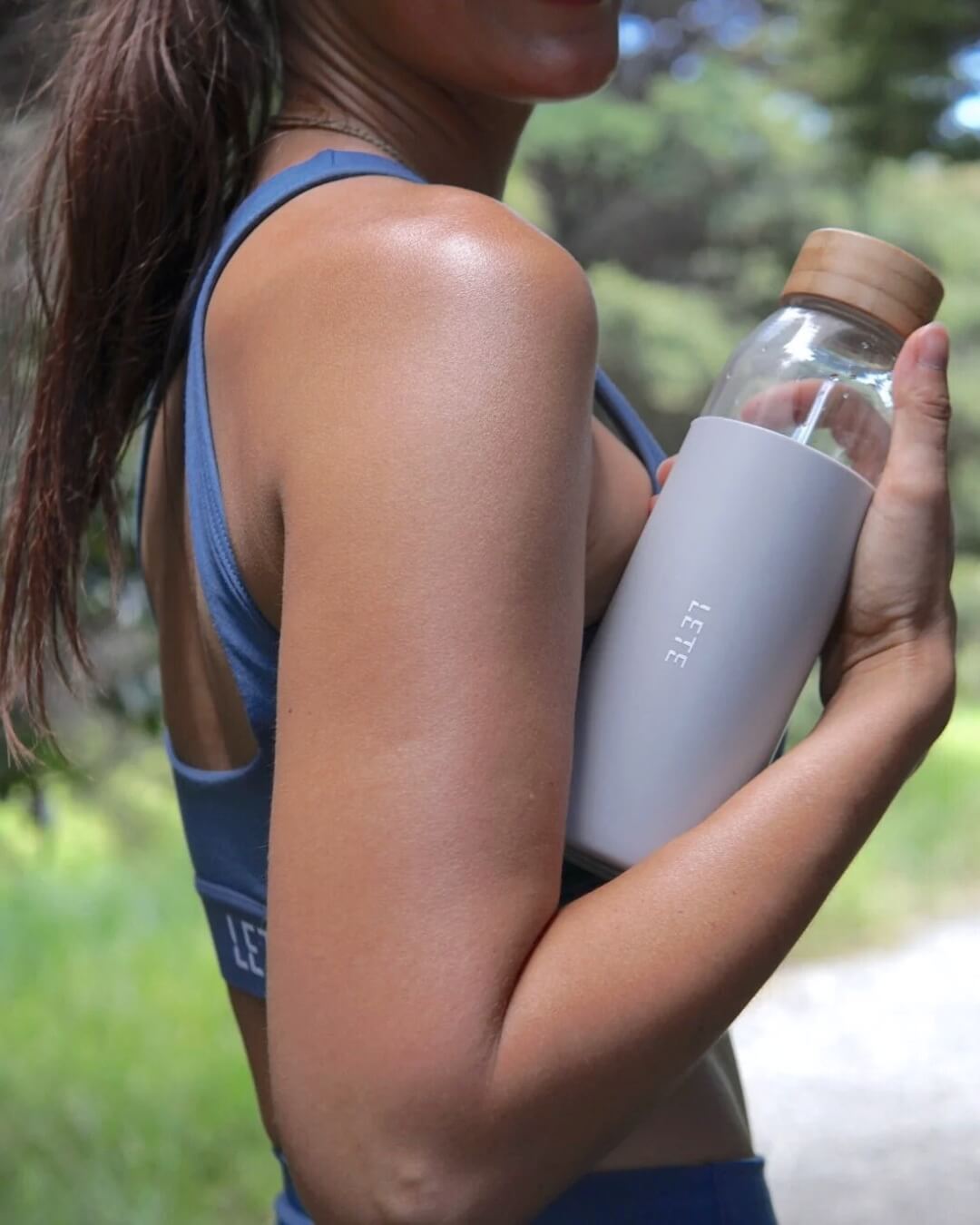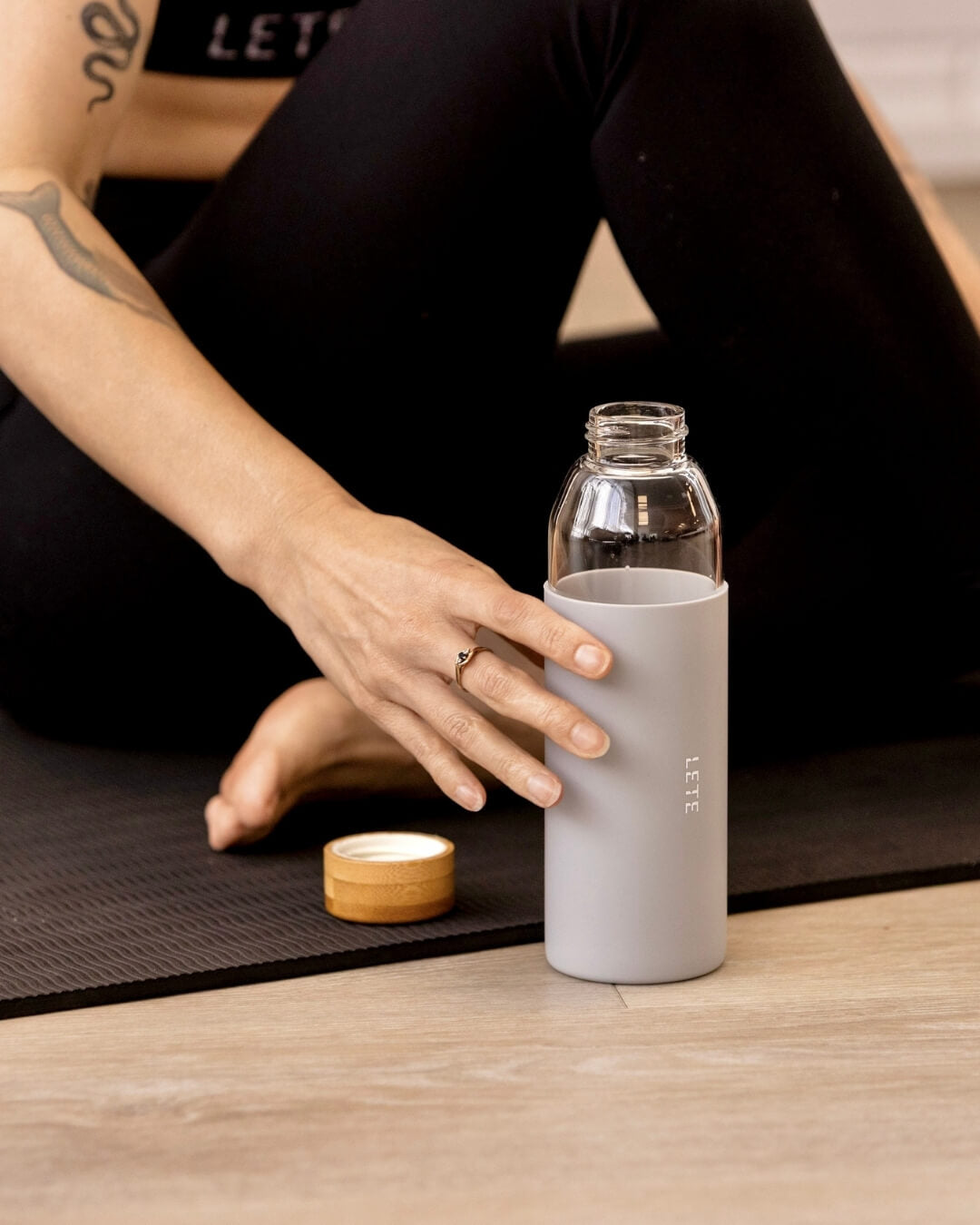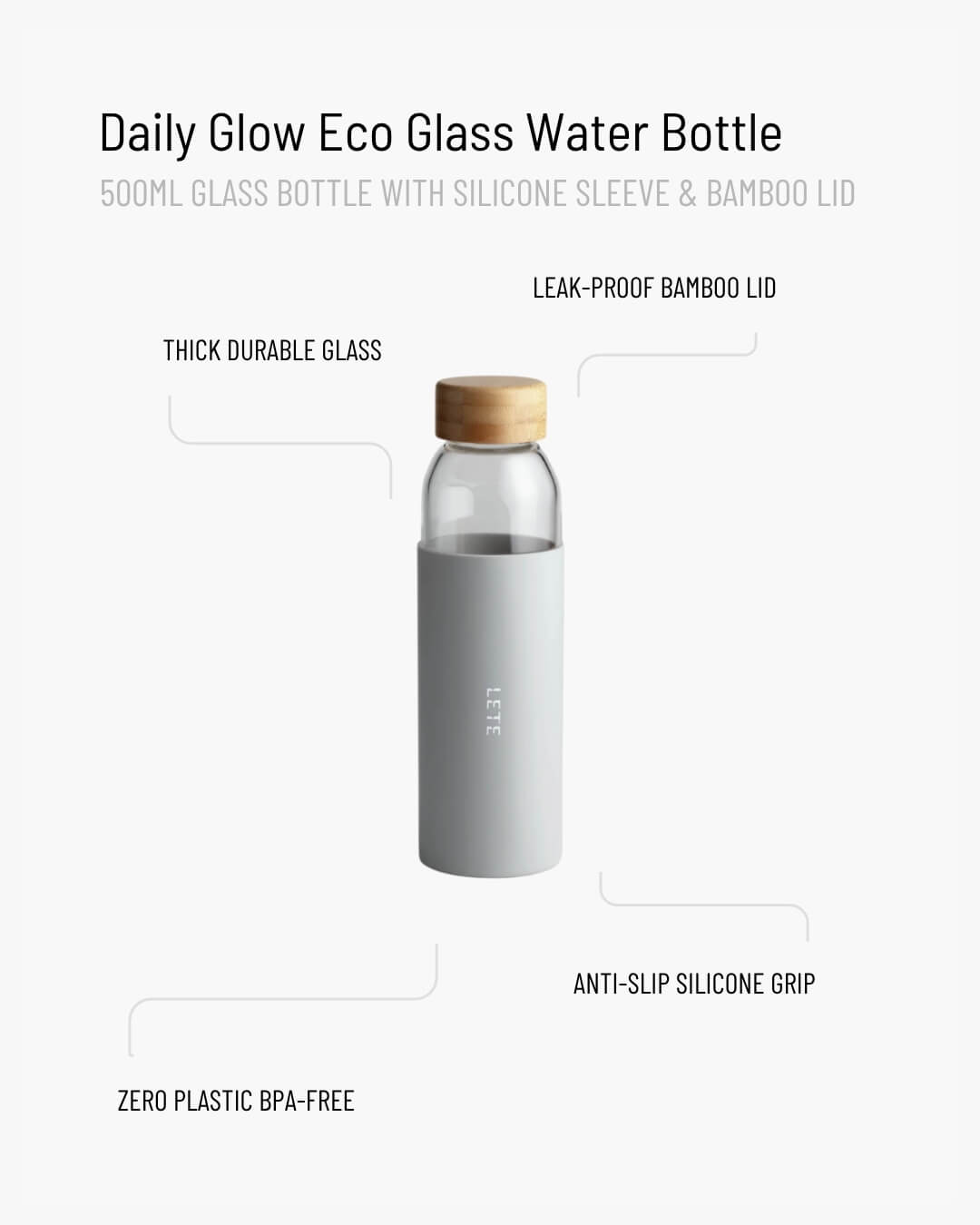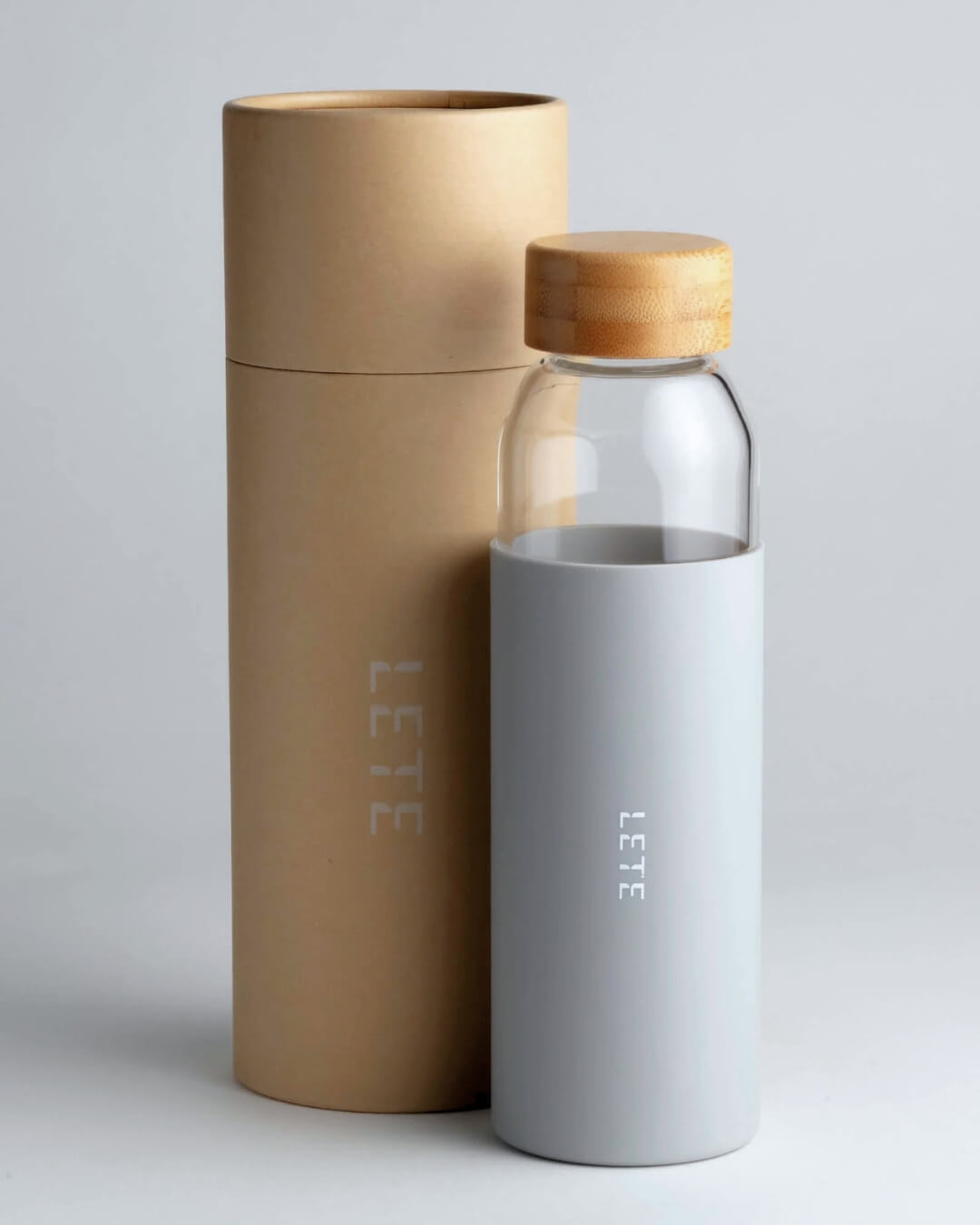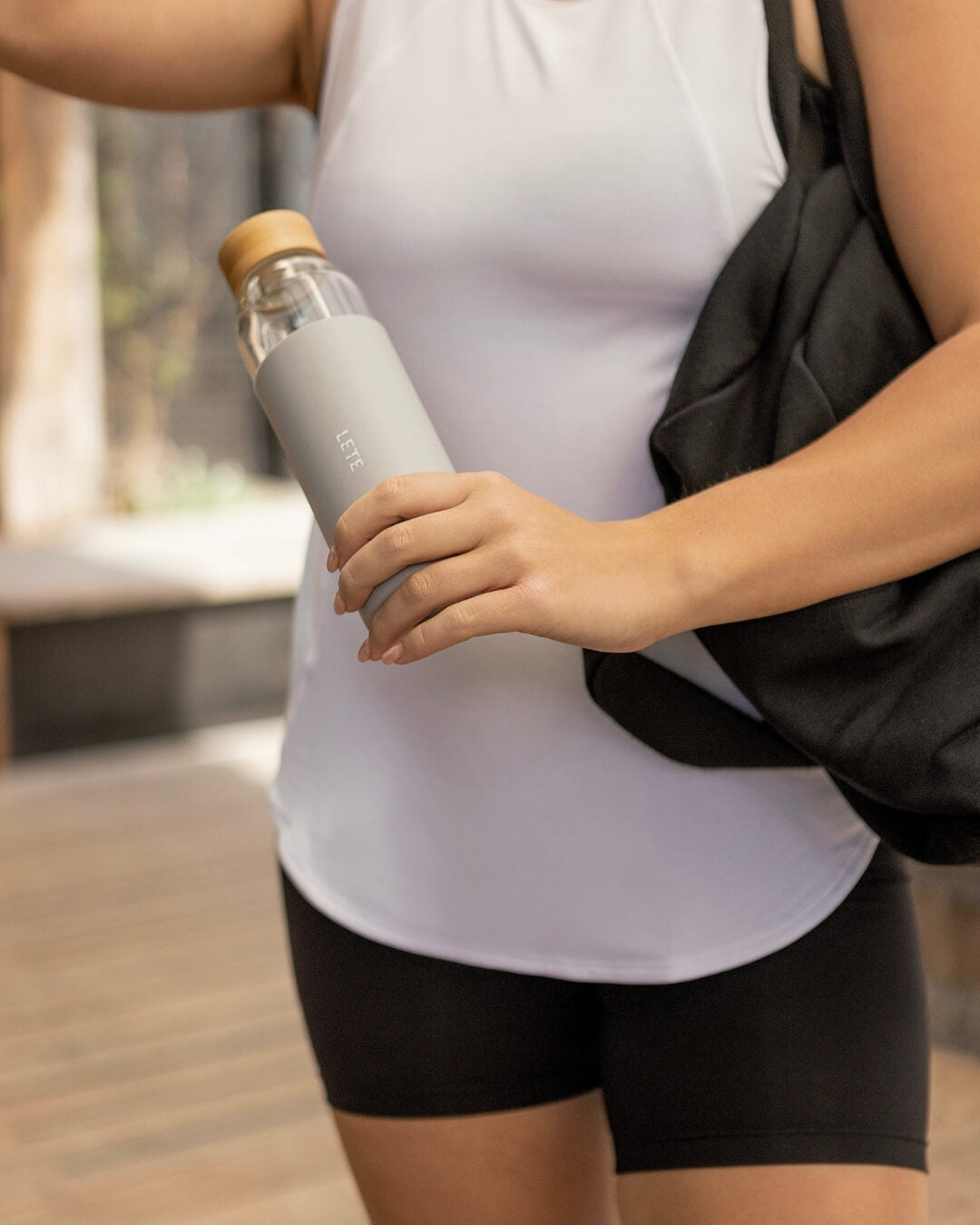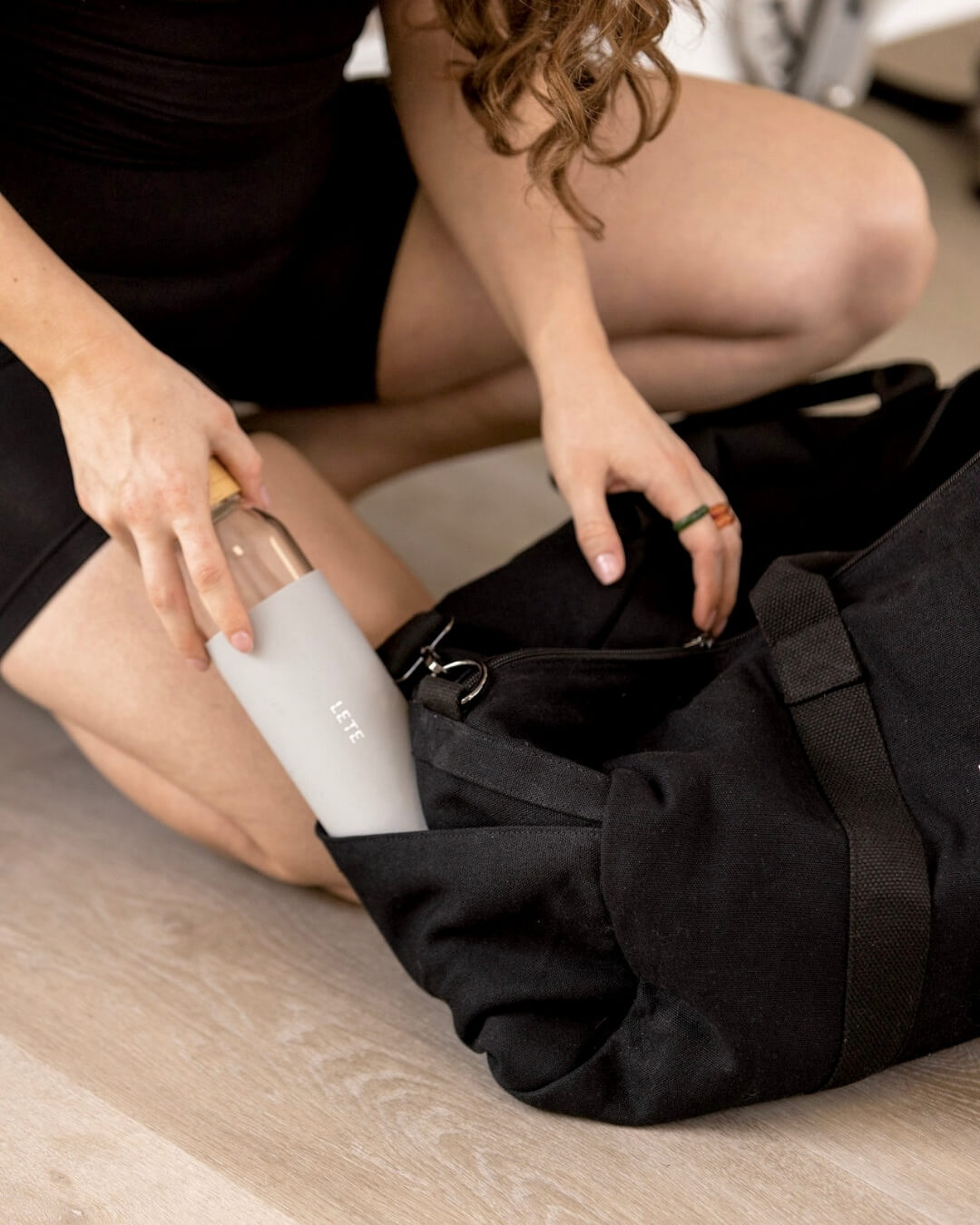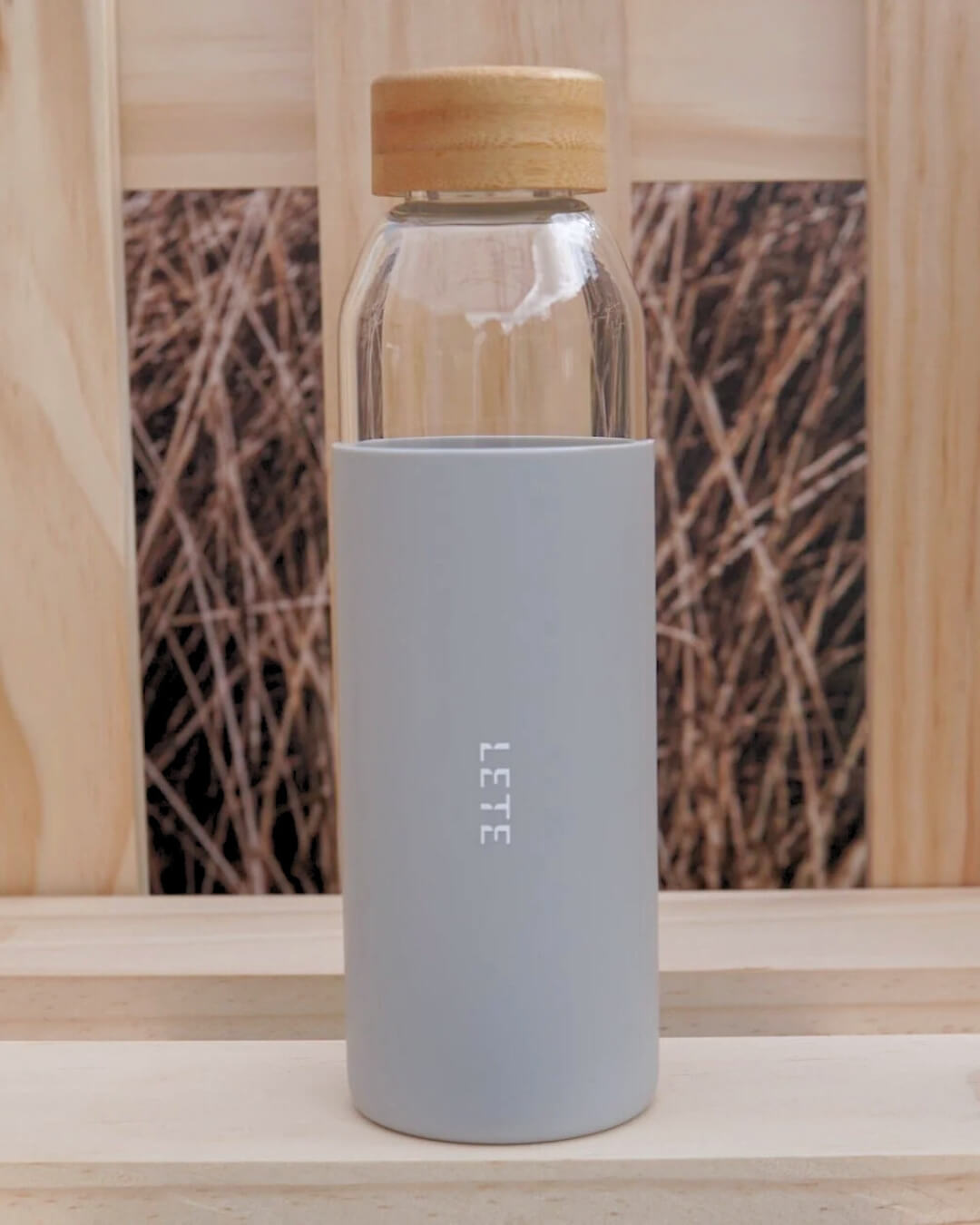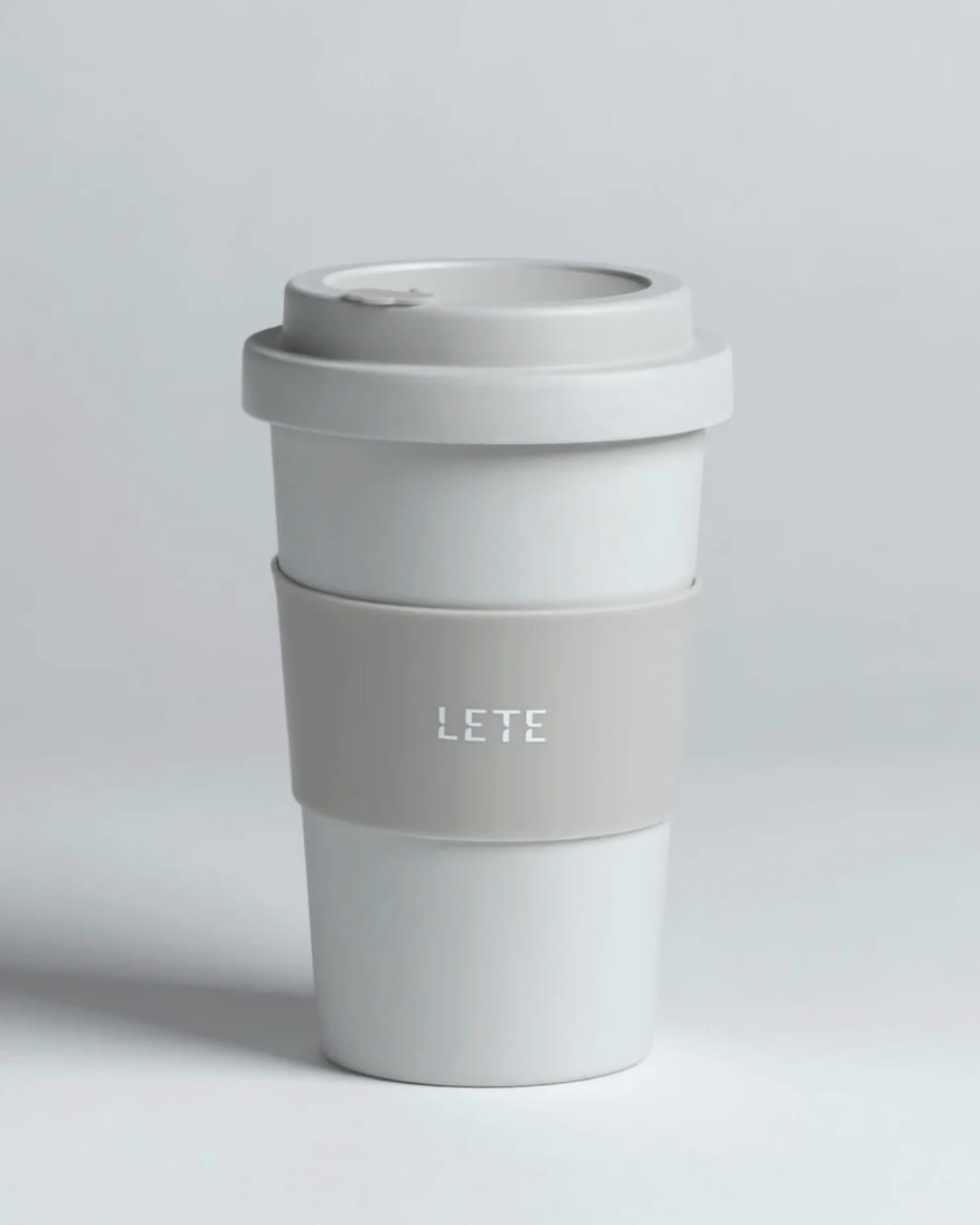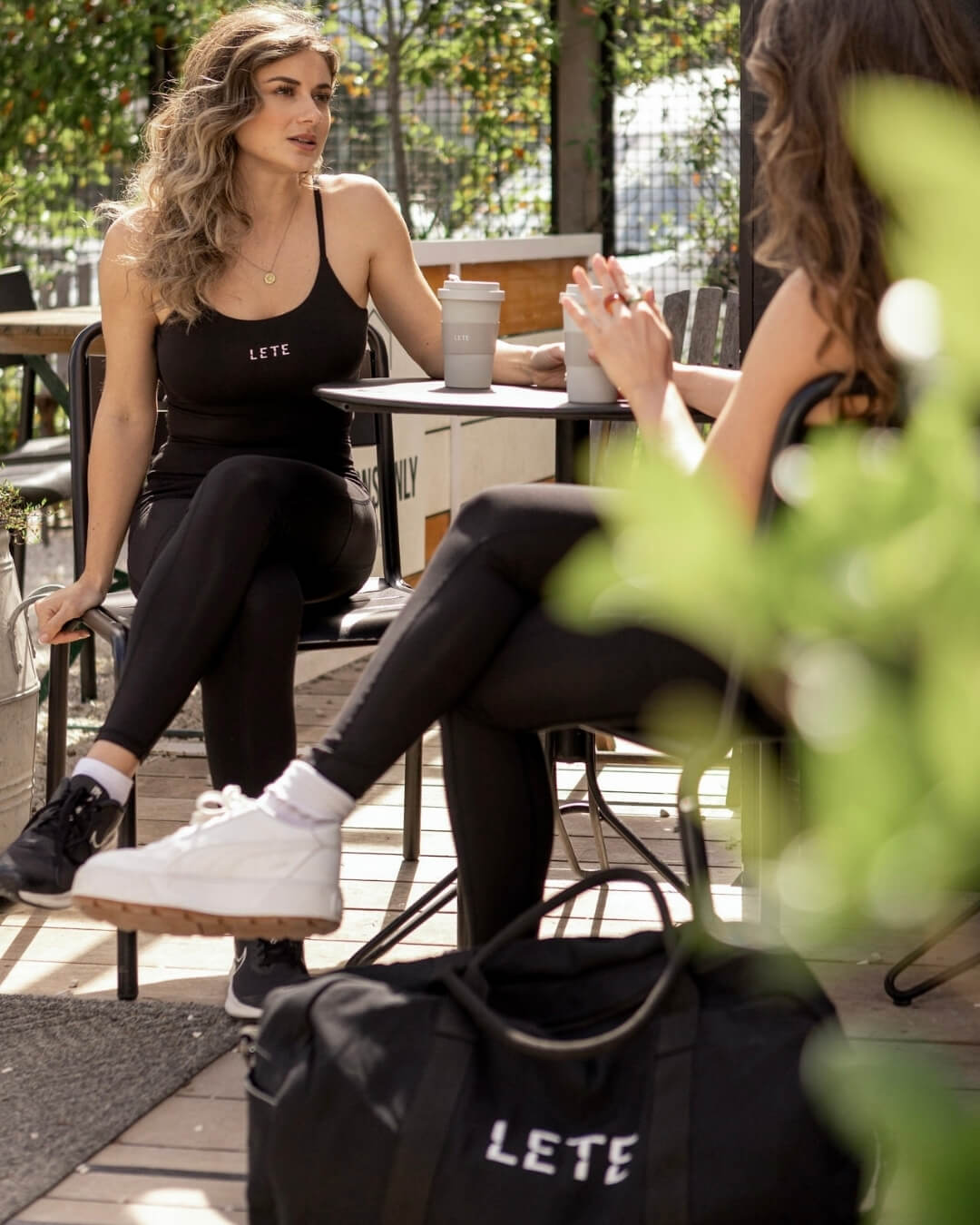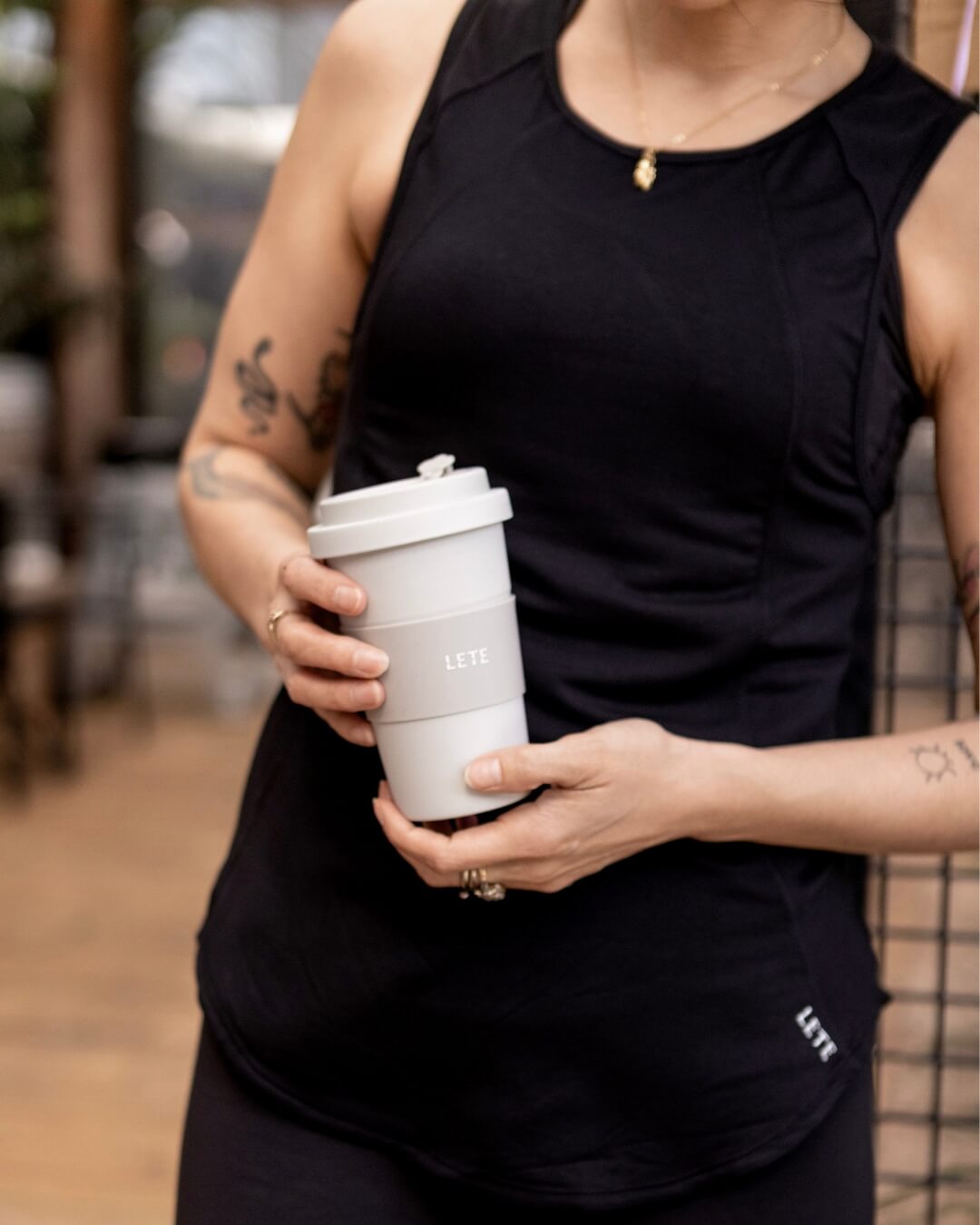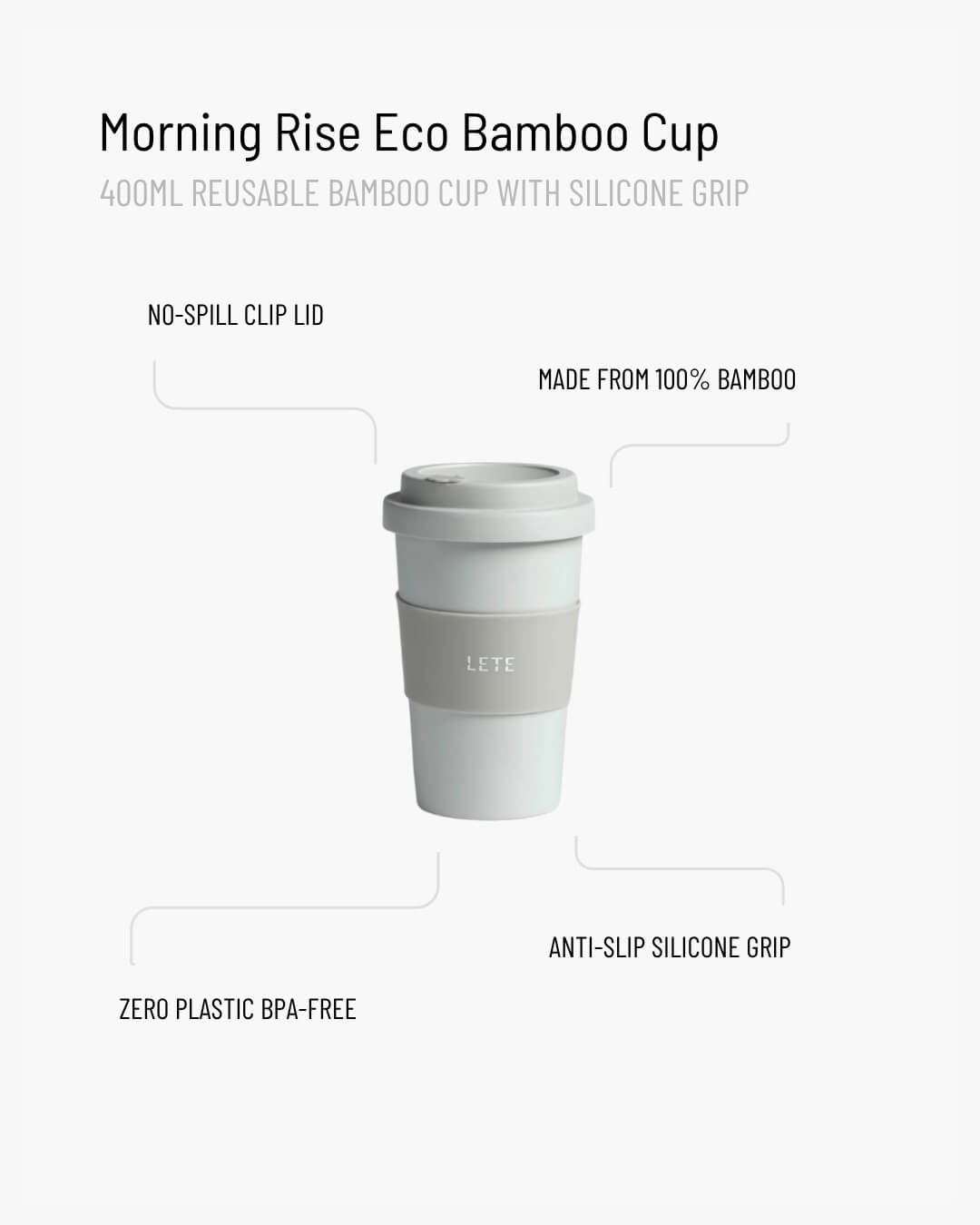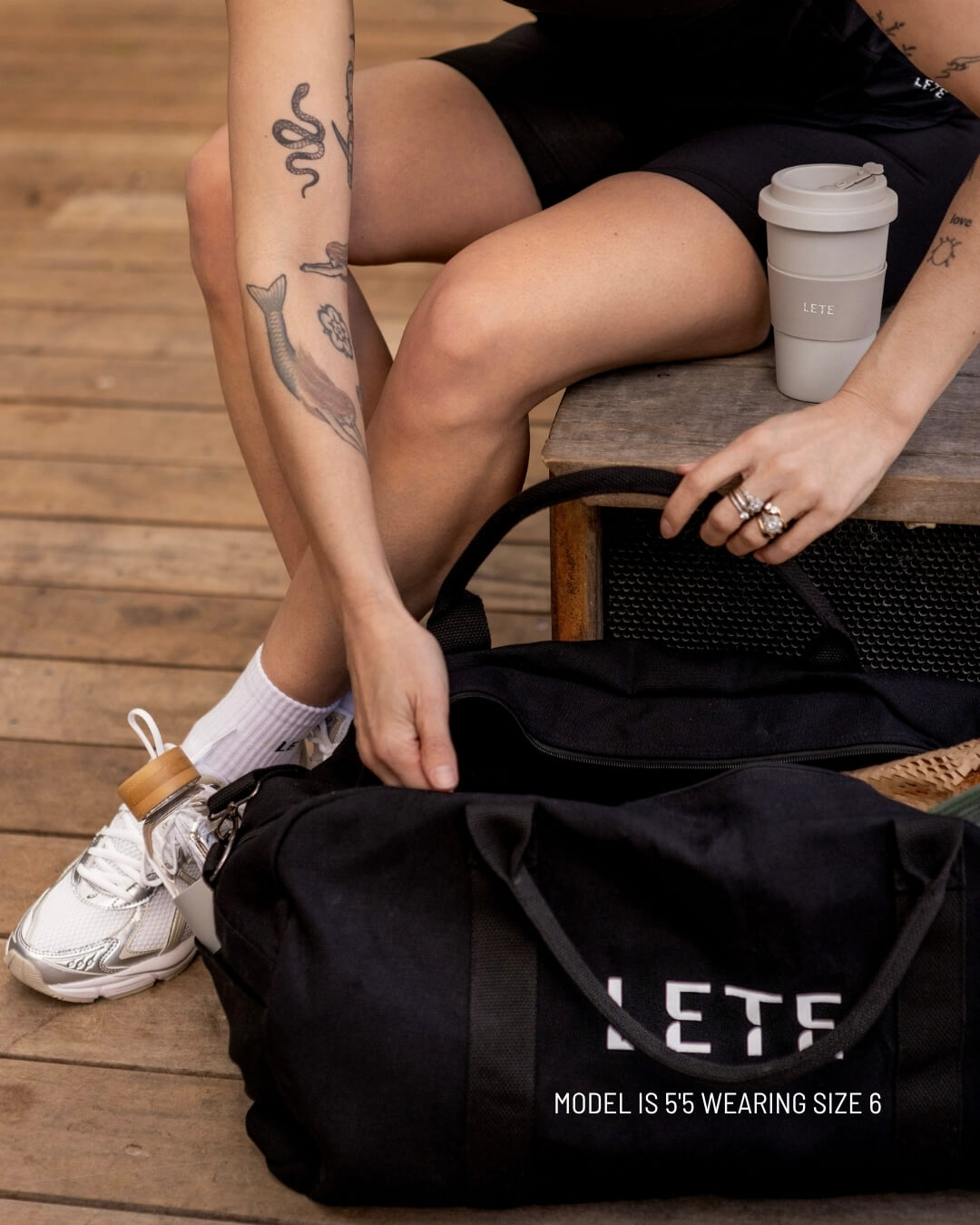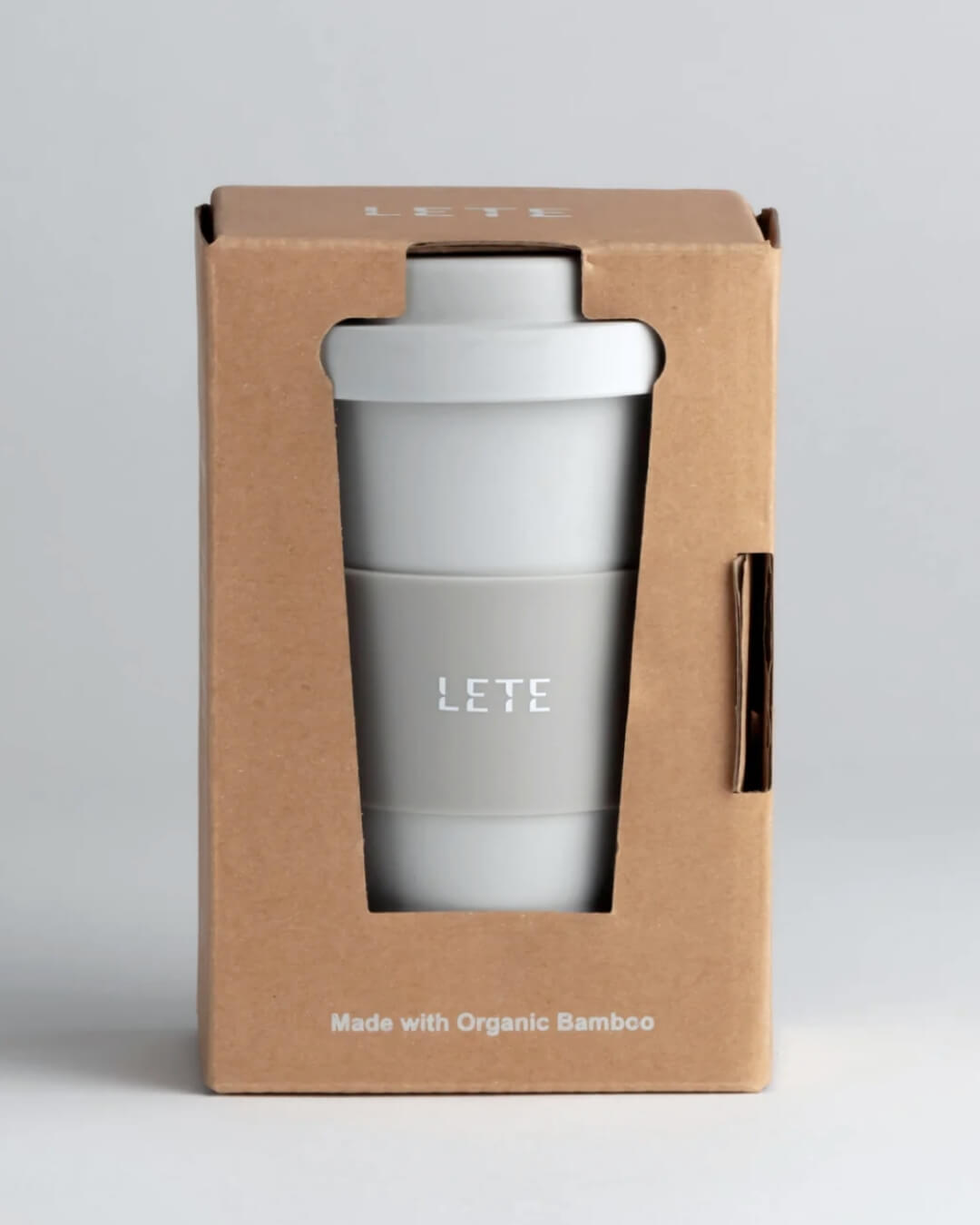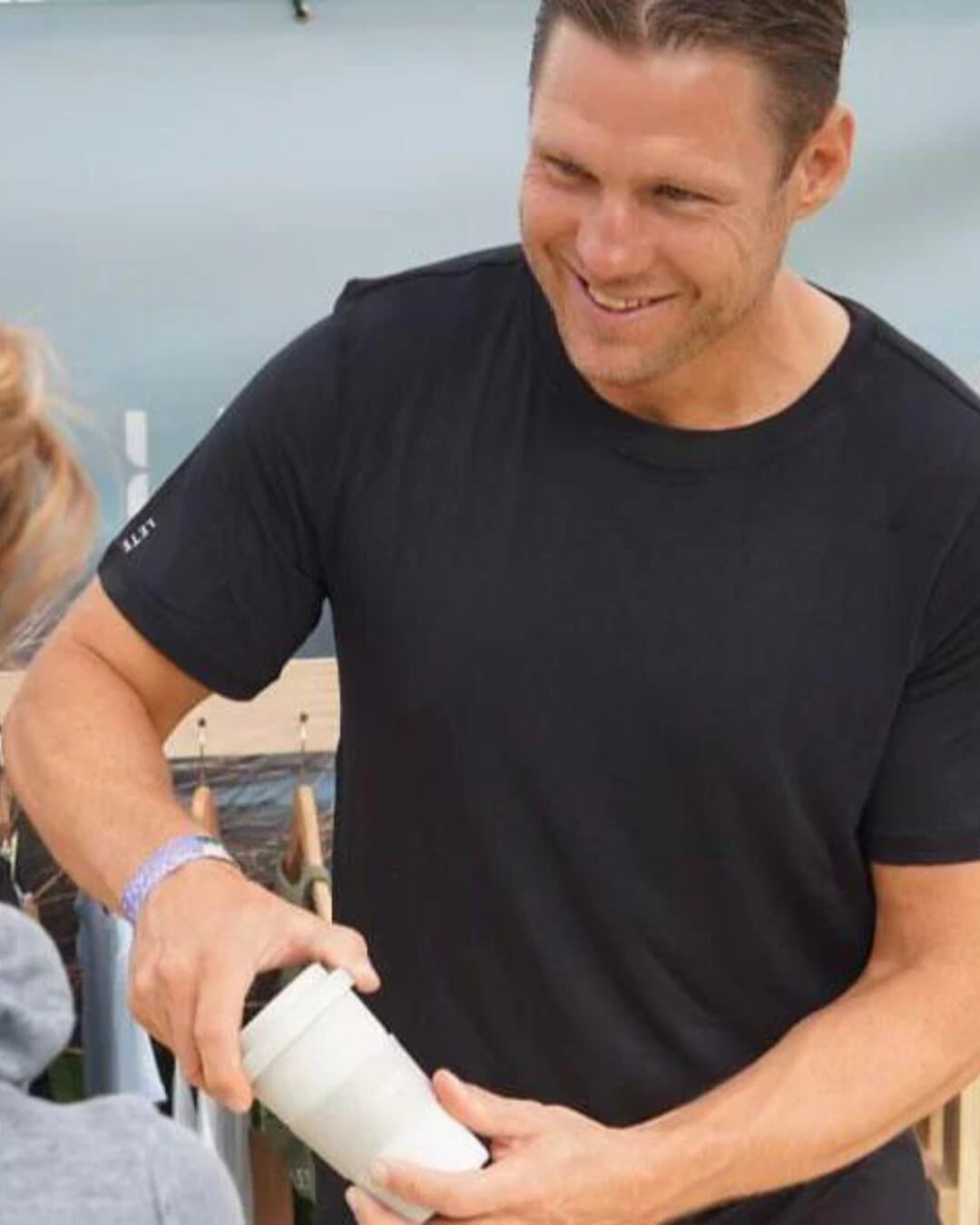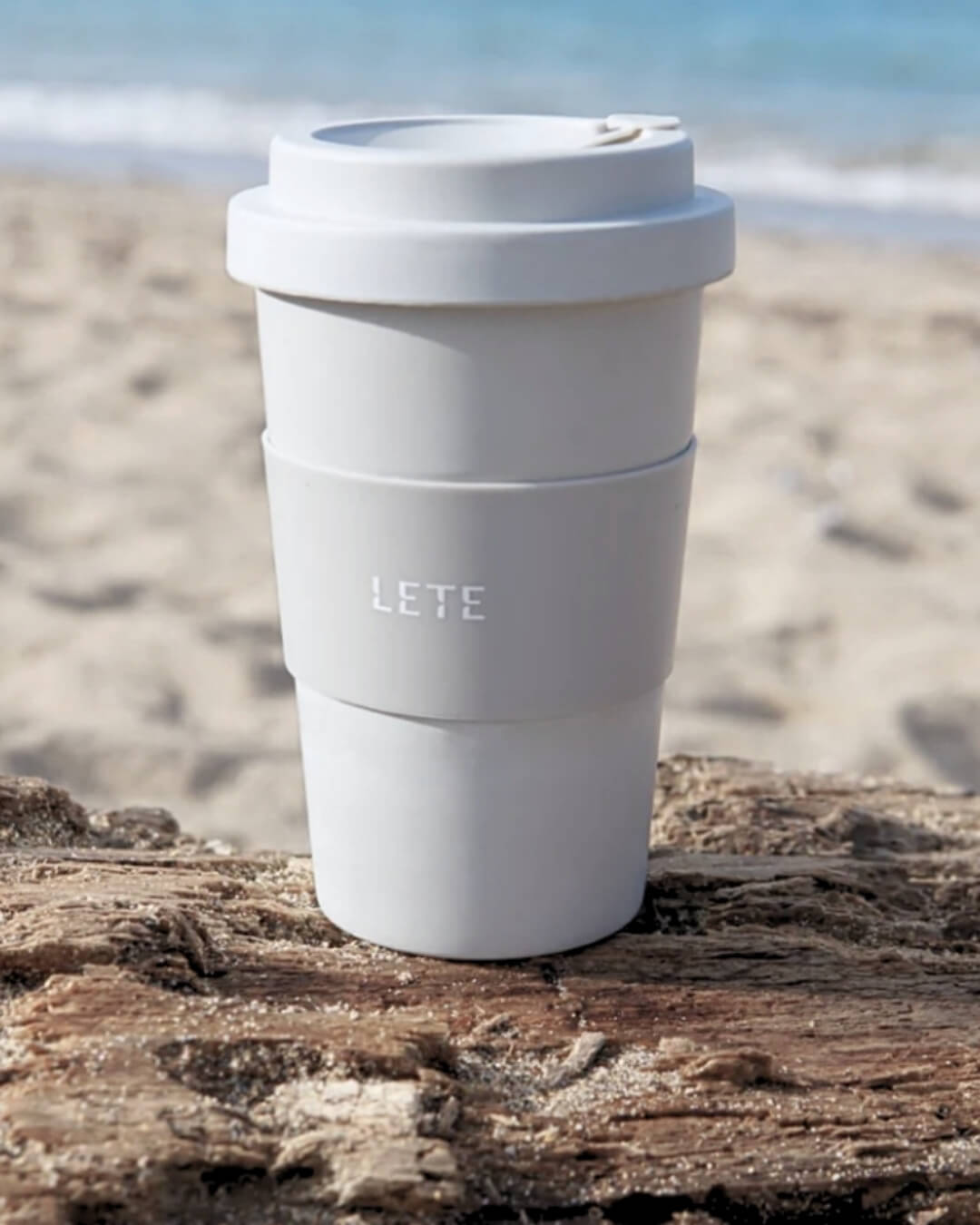For most of us, microplastics are a bit of a thing of mystery. Aren’t they just the tiny beads of plastic found in some face scrubs, or what you unwittingly end up swallowing if you keep drinking out of same plastic bottle weeks on end? Nope. Turns out, microplastics play a much larger role in our lives than we think they do. They’ve been discovered in pretty much everything we eat and drink – seafood, fowls, tap and bottled water, salt, and even beer. Think of them as the uninvited guest who snuck in behind your mate and you didn’t even notice they were there until they started ruining your décor, making you feel ill and being a general nuisance.
Aside from having no business being ingested by any living thing, microplastic molecules can take centuries to break down, meaning they’ll be harming our environment for a long, long time to come. A 2019 study conducted by the World Wide Fund for Nature found that we consume around 5 grams of plastic a week – that’s the equivalent of eating a credit card every week! So how did microplastics get into our food, and how can we do more to prevent and avoid them? Let’s look into it.
Firstly, what are microplastics?
Officially, they are tiny plastic bits that are less than 5 millimetres in diameter. According to the National Geographic Society, there are two types of microplastics: primary, the kind that’s been designed for commercial use and is found is cosmetics or sheds from your clothes, and secondary, the kind that comes from the breaking down of larger plastic items such as water bottles.
The reason these microplastics cause so much trouble is because our sweet sea life – plankton, turtles, fish, etc. – can easily mistake these tiny floating things in their homes as food. In turn, many other sea creatures rely on these small critters as their main source of food (like the blue whale, whose main food source is plankton) so these tiny plastics end up infiltrating the entire food chain. And of course, for any fish or seafood eaters out there, this means that eventually, those plastics end up on your plate. So in a way, it’s like you’re eating your own clothes. Gross.
Is ingesting a little bit of plastic that I can’t even see really that bad, you may wonder.
Well, it’s not just that you’re consuming microplastics, but you’re potentially consuming a myriad of toxic chemicals that these plastics have absorbed. This can include pesticides that are now legally banned, such as DDT, which are still lingering in our oceans, as well as detergents and fire-proofing chemicals. All up, this makes for a pretty serious threat to our nervous system and organs – and if you think that’s bad, just imagine how seriously they can affect our small, innocent marine life.
So, where do microplastics fit in with your clothes?
A 2019 study by Scion found that nearly 90% of microplastics collected from a range of Auckland’s beaches were fibres – meaning, they came from clothing and other garments. Roughly one third of these fibres were plant-based, while the majority of the fibres were plastics – polyethylene, polyethylene terephthalate and polypropylene.
Every time you wash your clothes in the washing machine, microfibres are released into the environment when the dirty water is flushed away at the end of the washing cycle; these threads are so tiny that they bypass the wastewater treatment plants and end up straight in our oceans. Scion reported that some garments can shed up to two grams of fibre every time they’re washed – that’s a lot of microfibre getting away!
When garments made from plastic fibres are manufactured, worn, washed or dried, they release microplastics into the environment via our water and air. A closed loop process of manufacturing can help to prevent this by stopping microplastics and chemicals from escaping during production, but unfortunately, not all companies have come that far yet. While a lot of the responsibility to eliminate microplastics escaping into our environment lies with the manufacturers, there are some things that we can do in our everyday lives to make difference.
What can we do to minimise microplastics in our household?
Use your washing machine on a lower temperature
Less microfibres escape in the wash when the wash cycle is at a cooler, gentler temperature. A hot water cycle also requires more energy, which contributes to your water bill, too!
Try an alternative to washing powder
Washing powder usually contains microplastics, but the good news is that there are some great natural alternatives on the market now. Soapberries, created by That Red House, are a natural product that won’t release plastic into your washing cycle. They’re reusable for several washes, and completely biodegradable so you can add them straight to your compost or food waste bin.
Invest in a Cora Ball
Cora Balls can also be used to prevent and capture microfibres in your washing machine. Inspired by coral’s ability to filter the ocean, the Cora Ball works by collecting microfibres in its spherical design, which can then be disposed of at the end of a wash. It also helps to prevent microfibres from breaking off your garments in the first place, so it’s a double whammy. All you have to do is pop the Cora Ball in your washing machine with your laundry and collect the fuzz that it collects at the end. We’ve tried this out ourselves and the results are great!
Try a Microfiber Filter for your washing machine
PlanetCare created the world’s first washing machine filter that can stop up to 90% of microfibers from escaping during your wash. It’s as simple as ordering a PlanetCare Filter, attaching it to the water drain from your washing machine, and either sticking the filter to the side of your machine or a wall or pipe nearby. After approximately twenty washes, your filter cartridge will need be swapped in for a new one. Compatible with most standard washing machines, it promises a 10 minute installation, as well as a closed loop process where you can return your used cartridges to the company to be recycled into new products.
Buy less plastic
Try reducing the amount of polyester and other plastic fibres in your wardrobe where possible. Instead, aim for more natural fibres such as linen, cotton, hemp and bamboo.
And of course, continue to reduce your use of single use plastics where possible. Did you know that you can also collect your soft plastics and return them to a collection bin at your local supermarket? This prevents heaps of plastic from ending up in landfill!
Well, there you have it! A few simple, affordable ways to reduce microplastics in your household and prevent them from escaping into our oceans on your watch. Try them for yourself, or if you have any other hot tips, feel free to share them in the comments below! We’re all ears.
Sources
Byrne, Phil. Friends of the Earth. (2018, September 14). Microfibres: the Plastic in Our Clothes. Friends of the Earth. https://friendsoftheearth.uk/plastics/microfibres-plastic-in-our-clothes
Millington, Ben. ABC News Newcastle. (2019, June 12). You could be ingesting a teaspoon of microplastic every week, study finds. ABC News. https://www.abc.net.au/news/2019-06-12/microplastic-study-reveals-global-ingestion-rates/11199498
National Geographic Society. (2019, July 1). Microplastics. National Geographic Society. https://www.nationalgeographic.org/encyclopedia/microplastics/
Sánchez, Laura Díaz. Plastic Soup Foundation. (2021, March 3). The Invisible Threat: Microplastics From Your Clothes. Plastic Soup Foundation. https://www.plasticsoupfoundation.org/en/2021/03/the-invisible-threat-microplastics-from-your-clothes/
Scion. (2019, July) Turning the Tide on Plastic Microparticles: Results. Scion Research.


